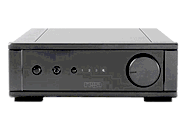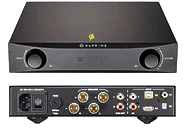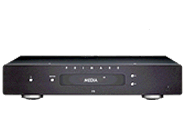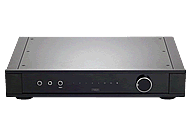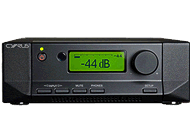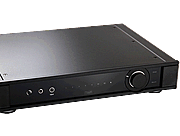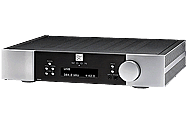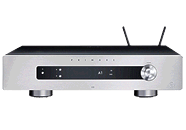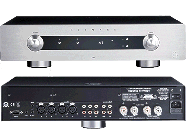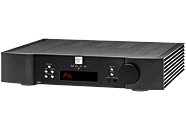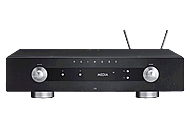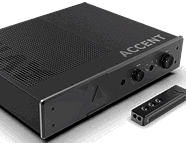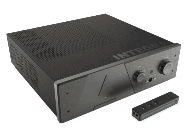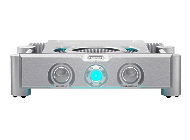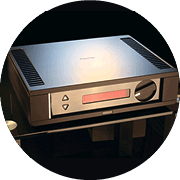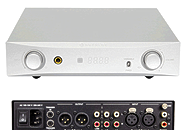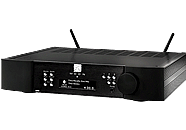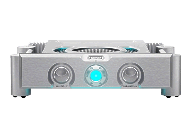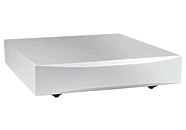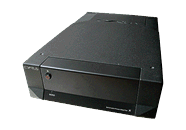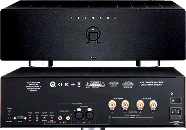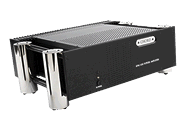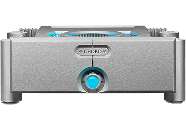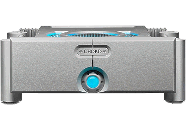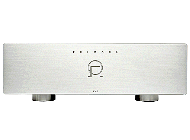Amplifiers@kemela
Getting the right amplifier is as important as getting the right speakers. Both need to be appropriate for the size of room. To get high sound levels or deeper bass, larger speakers and a more powerful amplifier is generally required. Amplifiers vary in their ability to deliver short bursts of power versus sustained power and this may be affected by speaker impedance. Which is more important, higher sustained power, or greater ability to deliver short bursts of very high power?
Do all amplifiers sound the same?
Amplifiers are inherently nonlinear devices and therefore the output is not a perfect magnification of the input and distortions of various types occur (not always measureable) that may be time dependent. Amplifiers have different overload margins when handling 'big' siganls and some are more able to react faster to a rapidly changing input signal than others. Loudspeakers (and cables) oppose current presenting a complex impedance with both resistive and reactance terms that vary by frequency. Two 50 watt amplifiers (as measured into a purely resistive 8Ω) may sound vary different from each other under a real world load. Sound quality is strongly related to how well an amplifier is made. Expensive amplifiers use selected and/or custom manufactured components, and take longer to hand build requiring more verification steps (matching transistors). Less expensive amplifiers are built quicker on automated platforms using of-the- shelf components with wider tolerances and receive less rigorous calibration procedures.
Tube versus solid state
At kemela the emphasis is on solid state. While tube designs have the virtue of simplicity and impedance matching output transformers, hysteresis (magnetic induction lags behind magnetizing force) and core saturation have a deleterious effect on the sound. Large transformers are expensive to build, tubes put out significant heat, suffer from performance deterioration over time, and require periodic replacement. Improving traditional tube designs to keep up with ever better analog and digital sources is more limited than solid state and todays high resolution recordings reveal tube amplifier colorations and energy limitations more so than in the past. Really good tube amplifiers are comparatively more expensive.
Spend another $1,000 on speakers or the amplifier?
Deciding how much to spend on a system and the allocation of funds across the parts of a system is never straight forward. Loudspeakers are at the end of the chain and will reflect the signal passed into them. A poor signal with limited current in the bass - especially with poor speaker cables - won't bring the best out of the speakers.
Cost of ownership - service, maintenance and upgrades
The length of time you plan to keep an amplifier may determine if the manufacturers warranty is important to you. Who, where and how long it takes to have a product serviced is also relevant.
